Volkswagen Tiguan (2007-2016) – all problems and breakdowns
The least trouble will be delivered by a restyled crossover with a diesel engine and a classic automatic.
Debuted in 2007 and produced until 2016, the Volkswagen Tiguan is the first-born of the Volkswagen concern in the class of compact crossovers. We had a year later – from the second half of 2008 they began to be assembled at the plant in Kaluga, first by large-node SKD technology, and since 2010 – by the full cycle of CKD, with welding and painting of bodies.
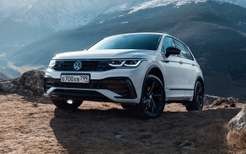
Owners about VW Tiguan – opinions are divided
Platform PQ35 Tiguan shares with such cars as Volkswagen Golf, Audi A3, Skoda Yeti and Octavia. And many elements of the chassis were shared with him by the larger Volkswagen Passat.
There were no atmospheric engines in the range at all. At first, the Tiguan was equipped with gasoline engines with direct injection of 1.4 TSI (150 hp) and 2.0 TSI (170 hp), as well as a 2.0 TDI diesel engine (140 hp). In 2011, it underwent a restyling, during which the appearance slightly changed and the engine line was expanded. The base was the 1.4 TSI, derated to 122 hp, and the 2-liter gasoline engine, on the contrary, increased power – up to 180, 200 or 210 hp.
There is a variety in the transmission – the Tiguan was equipped with both front-wheel drive and full, with the connection of the rear axle with a multi-plate clutch. And in addition to the manual gearbox, there was a classic hydraulic automatic, as well as 6- and 7-speed preselective robots.
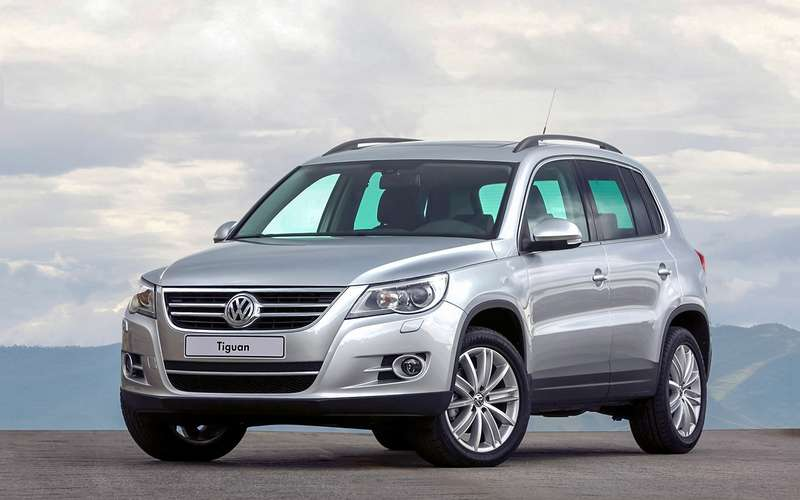
Body
Like most cars of the Volkswagen concern, the body metal of the Tiguan has a high-quality galvanic coating. But also traditionally, the paint coating, due to not the best adhesion with zinc, can peel off around the chips.
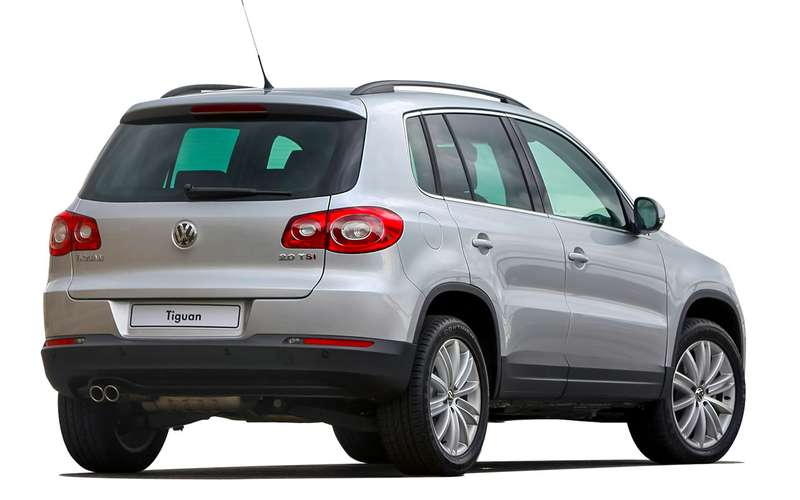
● On the tailgate of elderly specimens, you can observe rust coming from the seams along the lower edge. However, the appearance of corrosion is not characteristic of other elements.
● Plastic door trims do not hold too well and are able to wipe the paint. The “chrome” coating of the exterior elements becomes cloudy and peels off. Often the paint comes off the plastic linings of mirrors and bumpers.
● The paintwork on the wiper leashes swells over time.
● Due to the ingress of moisture from the corrosion of the contacts, the lights of the rear number illumination and the button for opening the fifth door can refuse.
Electrician
The wiring between the driver’s door and the body pillar eventually breaks at the bending point, which affects the operation of the power window control unit, central locking, drives and heating of exterior mirrors. A more reliable tourniquet began to be made only since 2011.

Volkswagen Tiguan with mileage: how not to buy trash
Microswitch-end switches built into the door locks are problematic (while the control unit “does not see” the opening and closing of the door).
In winter, with the accumulation of a large amount of ice, the plastic hinge of the floor gas pedal can break.
After 60-80 thousand kilometers, the motor of the fan of the climate system often gives a voice with its bearings – the design of the unit was finalized in 2012. Versions with automatic climate control Climatronic in 3-5 years may have problems with both the actuators of the dampers and the unit itself.
The reason for the failure of the buttons on the steering wheel is the movable contacts of the steering column. With the replacement, you should not pull – otherwise not only can you be left without a sound signal, but the airbag may not work if necessary.
The gas tank hatch can be blocked by a failed electric drive – but you can access the emergency opening lever through a partially disconnected fender.
Salon
● The finish, in general, is of high quality and durable. Although the leatherette of the seats can have signs of wear after 80-100 thousand km. In addition to the steering wheel trim, the armrests, trimmed with fabric, wear out most quickly. The driver’s seat often fails the adjustment mechanism.
● Door seals are characterized by creaking, and over time – loss of tightness.
● Air ducts and their flaps are often sources of extraneous sounds.
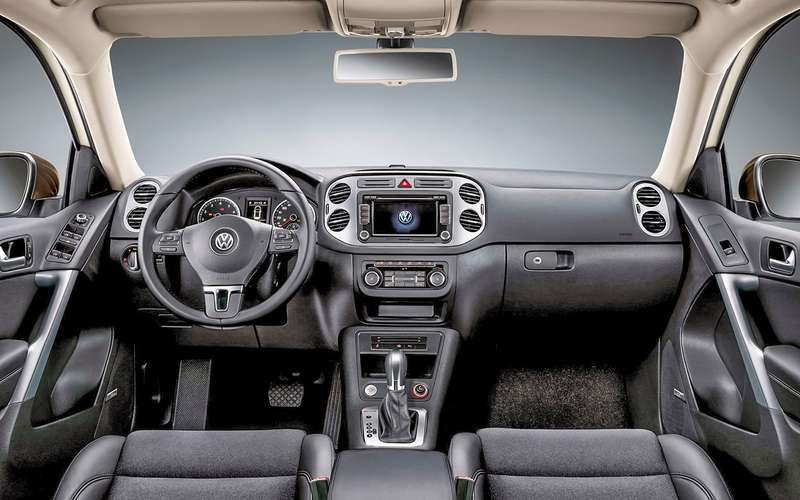
Engines
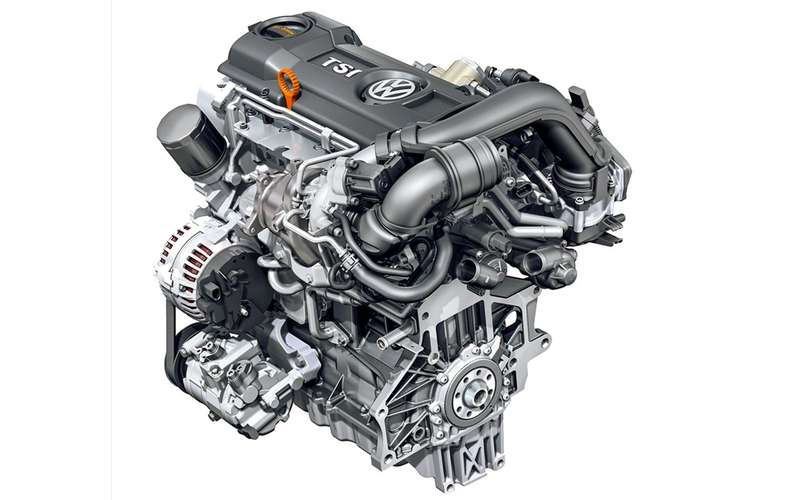
Gasoline engine 1.4 TSI series EA111 has a service life before overhaul of 200-300 thousand km. For the same period, the timing chain drive is also formally designed. But the chain, stretching and overcoming the resistance of a weak tensioner, often jumps over the teeth of the gears of the drive after only 40-60 thousand km. The result is the meeting of valves and pistons with all the costly consequences.
With a high load, it often comes to the burnout of the jumpers between the rings, and sometimes the complete destruction of the pistons. The reason is both in the unsuccessful design of the pistons and in the insufficient efficiency of the contaminated heat exchanger of the liquid intercooler system – it is clogged with oil sludge from the crankcase ventilation.
Since 2011, the engine has become less problematic. The pistons were strengthened, the timing drive design was improved, changing the chain itself, gears and engine cover – as a result, the chain began to withstand 100-120 thousand km.
The high-pressure fuel pump (at a price of 15-20 thousand rubles) and the injectors of the direct fuel injection system (10-12 thousand rubles each) are extremely sensitive to the quality of fuel. In a boost system, the control valve or by-pass valve often fails.
After 80-100 thousand km, the module of the water pump of the cooling system (20-25 thousand rubles) can leak.
Для всех моторов с непосредственным впрыском каждые 15 тысяч км сервисы рекомендуют использовать специальный фирменный очиститель, заливаемый в бензобак (лучше делать это перед дальней дорогой, чтобы однократно выработалось всё топливо с составом).
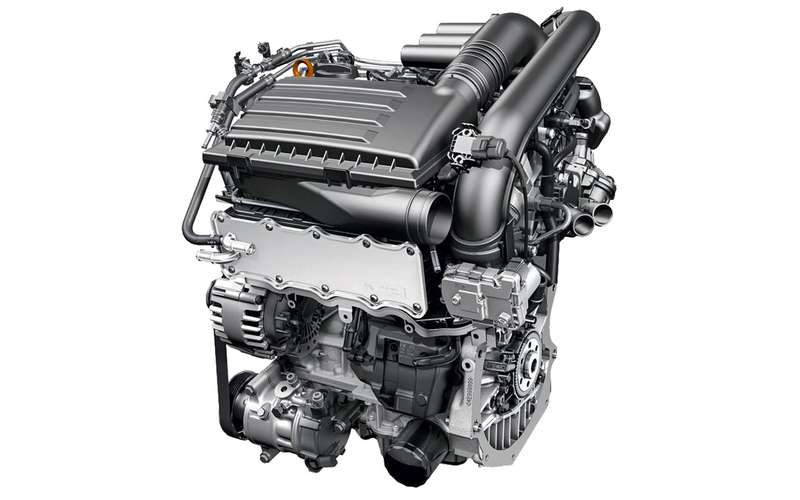
Бензиновый двигатель 1.4 TSI серии ЕА211 у Тигуанов моложе 2015 года вместо цепи в приводе ГРМ имеет ремень и в целом более удачен по сравнению с предшественником.
У первых партий мотора встречались ГБЦ с дефектами в направляющих клапанов. В системе турбонаддува бывают проблемы с заклиниванием оси внутреннего перепускного клапана или с актуатором турбонагнетателя. От некачественной смазки быстро залегают поршневые кольца.
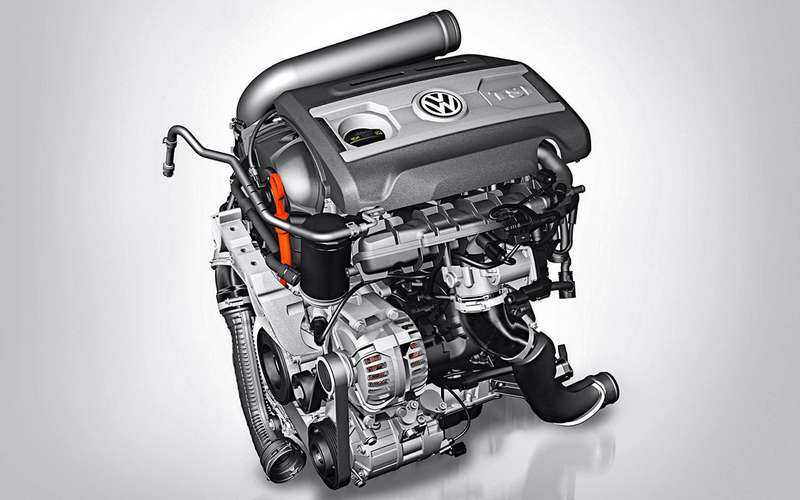
Бензиновый мотор 2.0 TSI серии ЕА888 до существенной модернизации в 2012 году отмечался чрезмерным, до одного литра на 1000 км, масляным аппетитом — у поршней из-за неудачной конструкции теряли подвижность кольца.
Впоследствии модифицировали поршневую группу, в приводе ГРМ доработали цепь и её натяжитель, у которого прежде срезало зубья храповика через 80–100 тысяч км.
Также в 2012 году модернизировали вентиляцию картера — из-за порванной мембраны клапана вентиляции картерных газов или маслоотделителя сильно запотевает верхний патрубок турбины, а от избытка давления предсказуемо текут сальники коленчатого вала.

5 самых ломучих двигателей на вторичке. ВАЗа среди них нет!
Форсунки также крайне чувствительны к качеству топлива. Узкое место топливного насоса высокого давления — изнашивающие друг друга ролик его толкателя и кулачок распределительного вала.
Через 80–100 тысяч км часто течет водяной насос и выходят из строя катушки зажигания. Спустя 100–120 тысяч км нередко глючит редукционный клапан масляного насоса — о проблеме подскажет лампочка аварийного давления масла в двигателе.
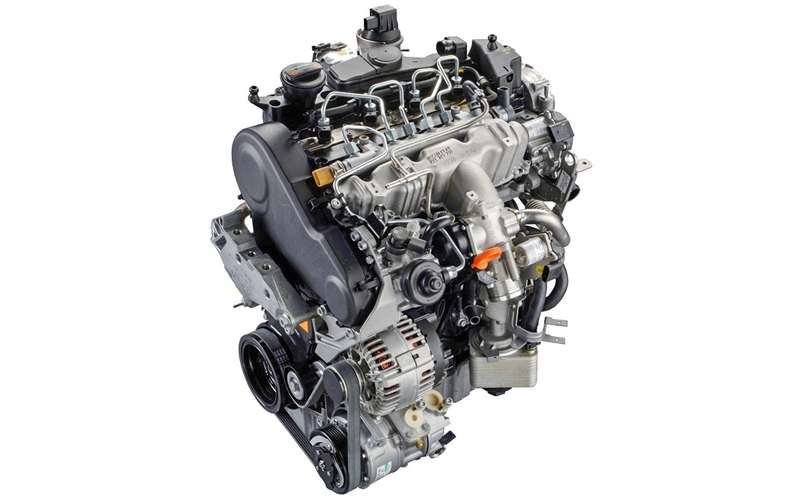
Дизель 2.0 TDI с системой впрыска Common Rail в целом надежней бензиновых двигателей.
После нашумевшего дизельгейта в 2016 году массово менялась программа управления. У машин первых лет выпуска через 150–180 тысяч км может подклинивать заслонка во впускном коллекторе (12 тысяч рублей) из-за износа пластиковой шестеренки механизма её привода.
Также у моторов старше 2010 года случалось растрескивание топливопроводов по вине дефектных материалов. Склонно к подтеканиям уплотнение клапанной крышки.
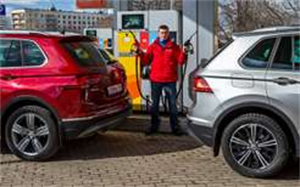
Gasoline or diesel? Unexpected result
Через 100 тысяч км может понадобиться замена уплотнений форсунок. Однако сами недешевые форсунки (по 20–25 тысяч рублей) и топливный насос высокого давления (80 тысяч рублей) скоропостижно выходят из строя в основном по причине некачественного топлива.
After 50-60 thousand km in urban conditions, the EGR valve is often clogged – while the control system goes into emergency mode and the engine loses power. Cleaning the valve does not always help, and a new one costs about 20 thousand rubles. The particulate filter is even more expensive (100 thousand rubles), but previously 180-200 thousand km rarely fails.
Transmission
1. The six-speed manual transmission is quite reliable. The clutch, as a rule, wears out after 120-150 thousand km. After 70-80 thousand there are oil leaks due to the fault of the seals. From excessive loads, the differential bearing can rotate in the seat on the housing, and due to a lack of lubrication, the satellite, sometimes, sticks to the axis.
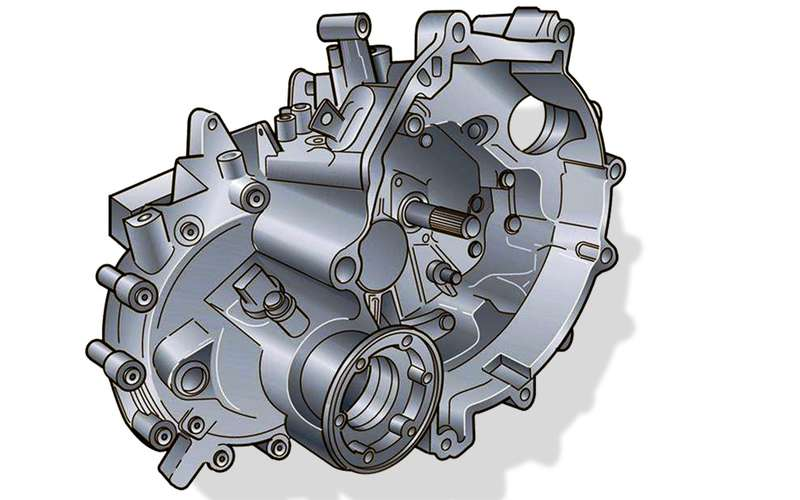
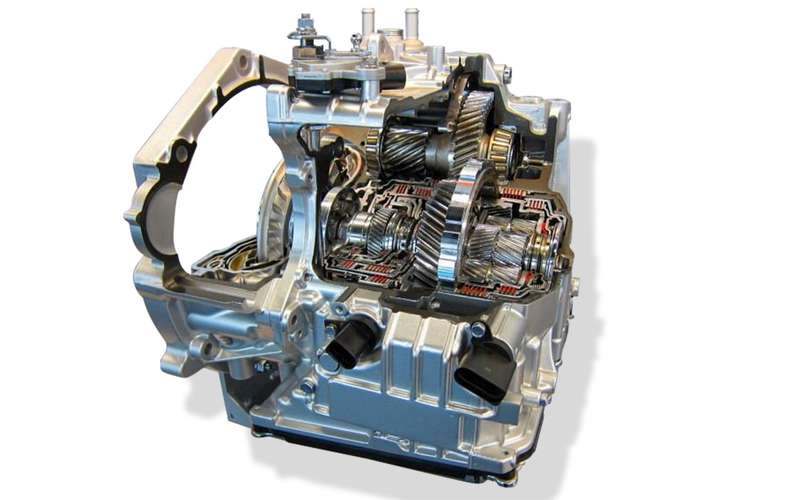
2. The six-speed automatic transmission Aisin Warner series TF-60/61 in the two-liter gasoline and diesel versions is quite tenacious, but extremely demanding on the quality and purity of the oil. Changing the oil less often than after 60 thousand km, over time, can lead to the failure of the hydraulic unit (80 thousand rubles).
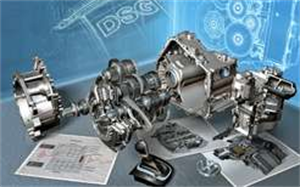
What’s Wrong with DSG – Sores and Recall Campaigns
Crossovers with diesels have leaks of the oil radiator of the box (more often – supply lines). From regular overheating after 60-80 thousand km, the bearings of the box and the hydraulic block of its control system can suffer.
In machines with this box, the tightness of the anthers of the internal joints is often lost – lubricant is squeezed out through them, which leads to the replacement of the internal hinge.
3. Seven-speed robotic box DQ200 with two dry clutches on restyled versions with a 1.4 TSI engine (150 hp) has not the best reputation. But on the Tiguan, it was already installed in a significantly modernized form – with careful operation, the clutch and mechatronics are quite capable of withstanding 100-120 thousand km, and the gearbox part – 250-300 thousand km.
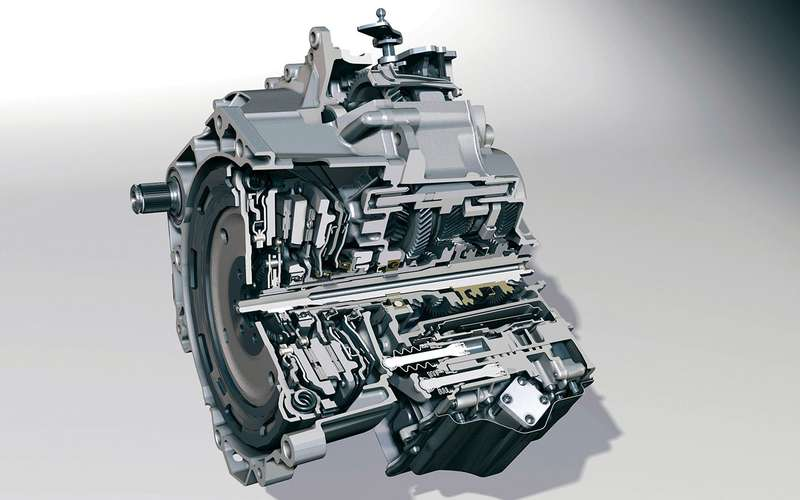
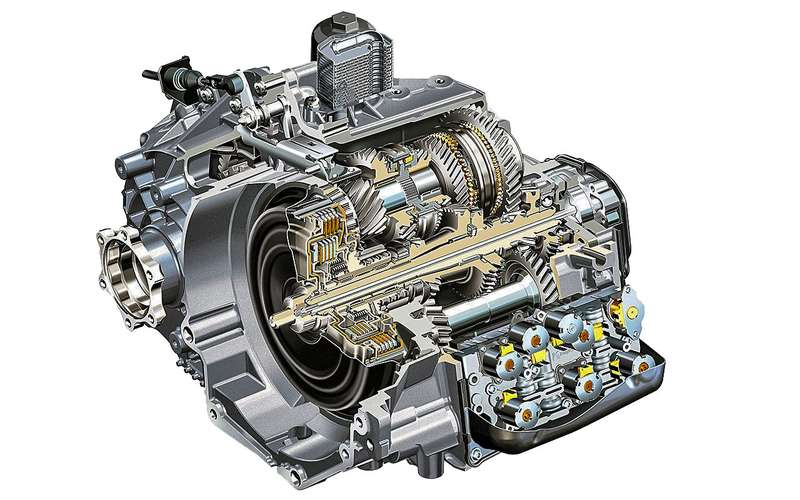
4. Six- and seven-speed preselectives DQ250 and DQ500, also appeared after restyling in 2011 (on all-wheel drive modifications and with powerful versions of engines 1.4 and 2.0), have a common oil circuit for clutches, mechatronics and gearbox parts – special oil must be updated at least after 60 thousand km. Otherwise, the hydraulic control unit suffers first (140-160 thousand rubles).
From heavy loads, the satellites stick to the axis of the differential, the locking pin tears off and breaks the seat in the case. Also, the landing sites in the housing of the thrust tapered shaft bearings wear out.
Transmission
● The fourth-generation Haldex clutch works properly if the oil is changed every 60 thousand km. Otherwise, the electric priming pump fails first. It is not necessary to change the clutch at a price of 150 thousand rubles – there are much more affordable repair kits.
● The fifth-generation Haldex clutch, which appeared in 2013, has a full-fledged oil filter excluded from the design – it is better to change the polluting oil every 20-30 thousand km.
● The suspension bearing of the driveshaft can wear out after 60-70 thousand km and is officially supplied only in assembly with a shaft for 60 thousand rubles.
Suspension
The weak link of the front suspension of the MacPherson type is the rear silent blocks of the levers, as a rule, wearing out earlier than 100 thousand km. At the same time, in a heavily worn form, the silent block breaks the finger of the lever. Many services recommend using a more durable part from audi A3 when replacing.

Volkswagen Tiguan from the ZR fleet: test of electronic systems
Stabilizer bushings wear out after 70-100 thousand km. Original bushings are supplied in assembly with a stabilizer (10-12 thousand rubles). It is difficult to save money – attempts to install non-original bushings on glue using a homemade bracket to fix them rarely lead to a long-term positive result.
After 100 thousand km, first the rear, and then the front shock absorbers, steering tips, hub bearings, support bearings of the front struts usually become unusable. The separately changed ball supports of the front levers, as a rule, last up to 120 thousand km. Springs after 100-120 thousand km sag, and when driving with a large load, extreme turns can break off.
The rear multi-link suspension rarely requires attention before 100-140 thousand km. The first to fail are the silent blocks of short wishbones, and then the long main ones.
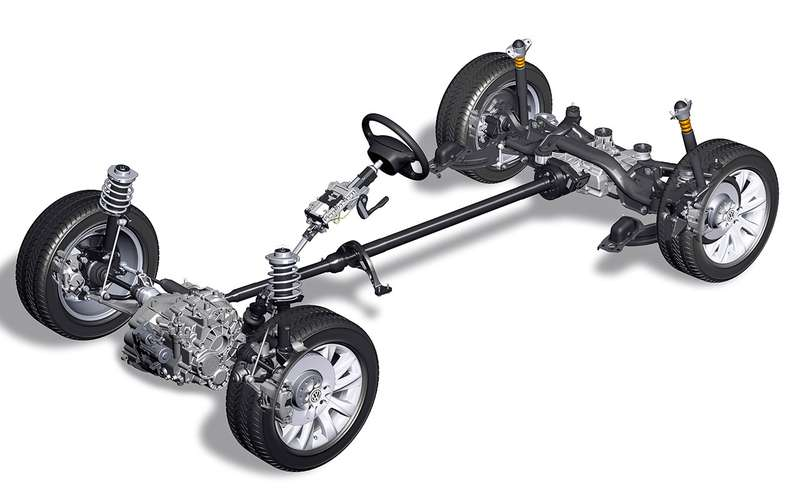
Steering
Rack-and-pinion steering with electric power steering usually fails due to a sensor or power drive failure (after water ingress). In older specimens, if the tightness of the connectors is violated, the wiring of the steering rack suffers.
Brakes
In rear calipers, after several years of service with rare use, the drive of the parking brake mechanism sours. The optional electric handbrake can fail the drive. Instead of the original for 10 thousand rubles, it is quite possible to find an analogue for 4-6 thousand rubles.
Total
Volkswagen Tiguan of the first generation with mileage is able to cause quite a lot of trouble. And the smallest number of them will create a restyled version younger than 2011 with a diesel engine an
















